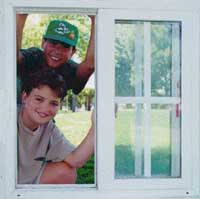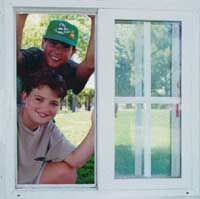Launch a rocket from a spinning planet

This movie shows the Deep Space 1 launch.
Deep Space 1 blasted off at 8:08 AM (Eastern Daylight Time) on October 24, 1998. It rode atop a Delta rocket.
How do space engineers know when to launch?
Well, nothing in space stands still. Everything either orbits around something else, or moves toward or away from something else. So how do space engineers aim a spacecraft so it lands on Mars or meets up with a particular comet or asteroid? Not only are Earth and the target constantly moving in their different orbits around the Sun, but our Earthly launch pad is spinning at about 1,000 miles per hour when we launch the rocket!
If you don't think this is a hard problem, try this:
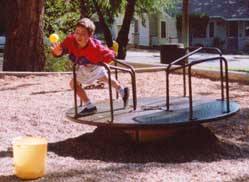
Gather up whatever small balls you have. They can be tennis balls, softballs, whiffle balls, golf balls, or bean bags. Or you can make small "paper basketballs" by tightly wadding up pieces of notebook-sized paper.
Put the balls in a bucket or bag to make them easy to carry.
Find another empty container like a bucket or wastebasket or laundry basket to be the "basket."
Take the paper balls (in their container) and the basket to the nearest park or playground that has a merry-go-round. (Not the kind with horses, but the kind you push around then hop on and ride.)
Place the basket on the ground about 3 or 4 meters (9 to 12 feet) from the merry-go-round. Then, step up on the merry-go-round with your container of balls.
Without moving the merry-go-round, try tossing a few balls into the basket on the ground.
Now, leaving the container of balls on the merry-go-round, hop off, push it to get it going slowly (or have someone else push it), then hop back on.
Now, try tossing the balls into the basket on the ground as you go around.
What you will probably find out is that . . .
Timing is everything!
In picking a time to launch, space engineers and scientists have to consider quite a number of things. Most of them have to do with getting the biggest boost possible from the big launch pad called planet Earth!
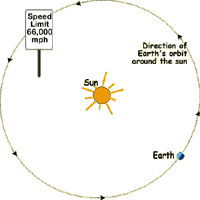
Earth goes around the sun at a brisk 107,000 kilometers per hour (66,000 miles per hour)! If our interplanetary spacecraft is aimed in the same direction Earth is already going, it will get a big head start.
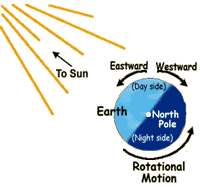
Also, Earth rotates eastward on its axis, one complete turn each day. At the equator, Earth's surface is rotating at 1675 kilometers per hour (1041 miles per hour)!So if we launch the rocket toward the east, it will get another big boost from Earth's rotational motion.
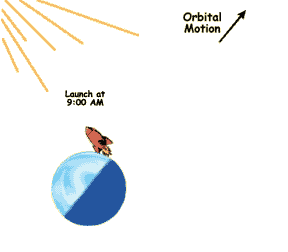
Now, we launch eastward. We pick the time of launch (in Deep Space 1's case, early morning) to give the rocket time to accelerate as it goes partway around Earth. Then, when the spacecraft is headed in the same direction as Earth's orbital motion around the sun, the rocket gives it a final boost out of Earth orbit and on its way.
Using both the rotational motion of Earth on its axis and the orbital motion of Earth around the Sun, we can save a lot of fuel and a lot of time in getting to our far distant destination!
Ready . . . Aim . . . Blast off!
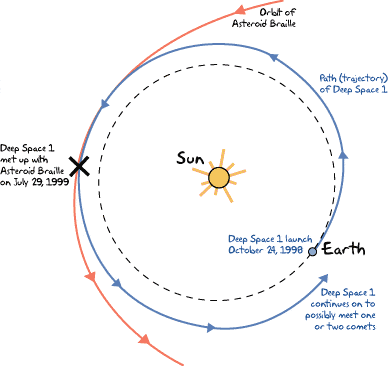
Where do we want to go? Once we know that, we figure out the best time of year to launch based on where Earth will be in its orbit around the sun. Deep Space 1 will actually end up in orbit around the sun, too, but farther from the sun than we are. The launch was timed so that, after eight months or so of thrusting from Deep Space 1's ion engine, the spacecraft's orbit crossed the orbit of Asteroid Braille on July 29, 1999.



